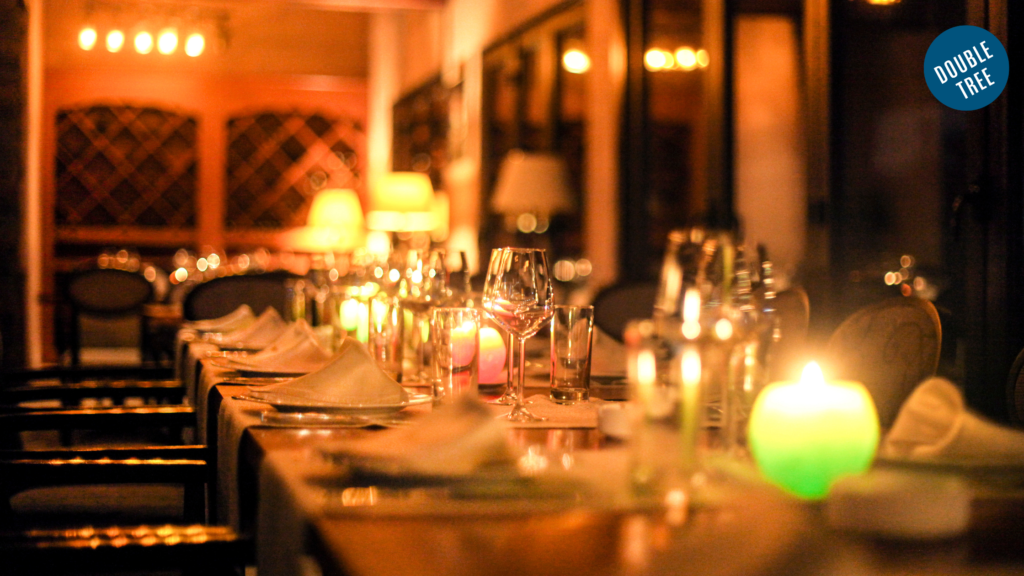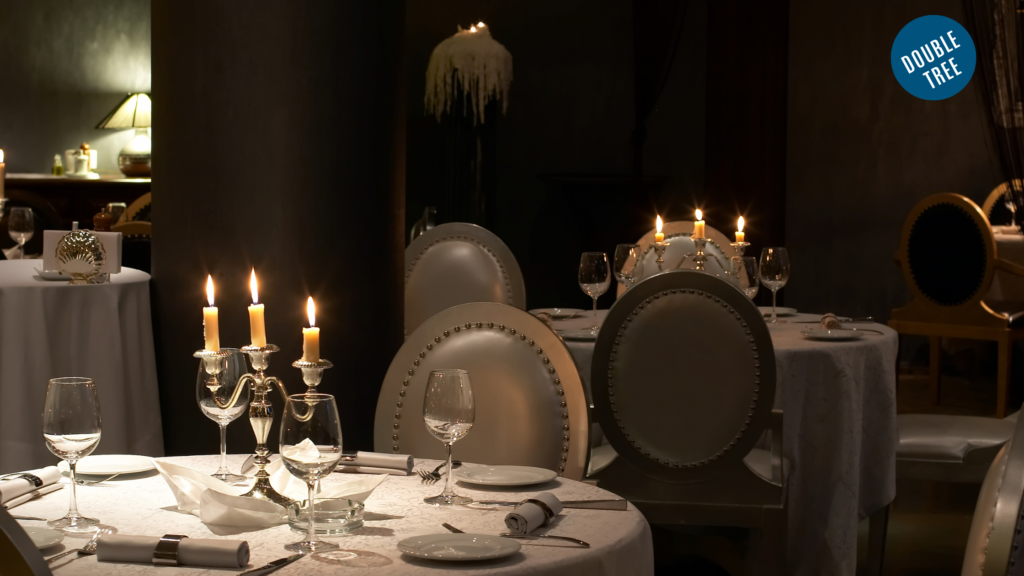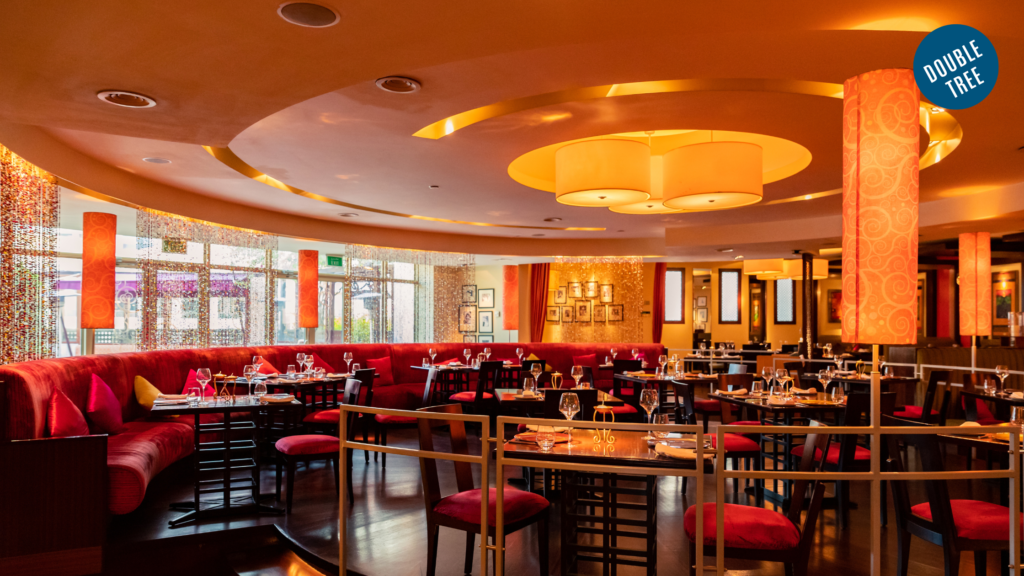The beauty and durability of fine furniture are primarily determined by the type of wood used in its construction.
With a wide variety of wood species available, each with unique characteristics, it’s essential to understand the different options when selecting furniture for your home or office.
Double Tree Kitchens, a renowned modular kitchen manufacturer based in Lucknow, takes pride in crafting high-quality furniture using the finest wood materials.
This comprehensive guide will explore the various types of wood used in fine furniture and the factors to consider when selecting.
Table for Types of Wood Used in Fine Furniture
| Wood Type | Characteristics | Common Species |
|---|---|---|
| Hardwoods | – Strong and durable | – Oak |
| – Rich, distinctive grain patterns | – Maple | |
| – Dense and resistant to wear and tear | – Cherry | |
| – Mahogany | ||
| – Walnut | ||
| ———– | ————————————————- | —————————— |
| Softwoods | – Lighter and less dense than hardwoods | – Pine |
| – More affordable | – Cedar | |
| – Easier to work with | – Fir | |
| – Spruce | ||
| ———– | ————————————————— | —————————— |
| Engineered | – Manufactured by combining wood fibers, particles, or | – Plywood |
| Woods | veneers with adhesives | – Medium-density fiberboard (MDF) |
| – Offers stability and resistance to warping and cracking | – Particleboard | |
| – Cost-effective |

Hardwoods: The Backbone of Fine Furniture
Hardwoods, sourced from deciduous trees, are the most popular choice for fine furniture due to their strength, durability, and stunning grain patterns.
These woods are dense and resistant to wear and tear, making them ideal for furniture that will be used frequently.
Some of the most sought-after hardwoods in the furniture industry include:
- Oak: Known for its distinctive grain pattern and impressive durability, oak is a classic choice for furniture that stands the test of time.
- Maple: With its smooth, even texture and excellent stability, it is a versatile wood that works well in traditional and contemporary designs.
- Cherry: Prized for its rich, reddish-brown hue that deepens with age, cherry wood adds a touch of elegance to any piece of furniture.
- Mahogany: This luxurious wood is celebrated for its durability, stability, and resistance to decay, making it a top choice for high-end furniture.
- Walnut: Walnut’s intricate grain pattern and deep, dark colour make it a stunning option for statement pieces that command attention.
The beauty of hardwoods lies not only in their strength and durability but also in their unique grain patterns and rich colours.
These characteristics add depth and character to furniture, elevating the overall aesthetic of any room.

Softwoods: A Budget-Friendly Alternative
While hardwoods are the primary choice for fine furniture, softwoods come from coniferous trees and have their place in the industry.
Softwoods are typically lighter, less dense, and more affordable than hardwoods, making them an attractive option for those on a budget.
Some common softwoods used in furniture include:
- Pine: This lightweight wood features a distinctive knot pattern and a pale yellow to light brown colour, making it a popular choice for rustic or country-style furniture.
- Cedar: Renowned for its natural resistance to decay and insects, cedar is an excellent option for outdoor furniture or storage pieces.
- Fir: Strong and stable with a straight grain and light brown hue, fir is often used in construction and furniture making.
- Spruce: This lightweight, pale-coloured softwood has a fine, even texture, making it suitable for indoor furniture.
While softwoods may have a different visual impact than hardwoods, they offer a more economical alternative without sacrificing functionality.
Engineered Woods: The Modern Solution
In recent years, engineered woods have gained popularity in the furniture industry due to their stability, resilience, and cost-effectiveness.
These materials are manufactured by combining wood fibres, particles, or veneers with adhesives to create a composite product.
The most common engineered woods used in furniture include:
1. Plywood: Made by layering thin sheets of wood veneer and bonding them with adhesive, plywood offers excellent strength and stability.
2. Medium-density fiberboard (MDF): Created by compressing wood fibres and resin under high pressure and temperature, MDF provides a dense, uniform surface ideal for painting or laminating.
3. Particleboard: Constructed by compressing wood chips, sawmill shavings, and resin, particleboard is an affordable and lightweight option for furniture.
While engineered woods may lack the natural beauty of solid hardwoods, they offer several advantages, such as improved resistance to warping and cracking and greater affordability.
However, it’s essential to ensure that engineered wood furniture is adequately sealed to prevent moisture damage.

Factors to Consider When Choosing Wood for Furniture :
Selecting the perfect wood for your furniture requires careful consideration of several key factors:
- Durability: Assess the intended use of the furniture and opt for a wood that can withstand the expected wear and tear.
- Aesthetics: Choose wood with a colour, grain pattern, and texture that complements the overall design of the furniture and the room it will inhabit.
- Cost: When selecting wood for your furniture, consider your budget and find a balance between quality and affordability.
- Environmental sustainability: To minimize environmental impact, prioritize wood sourced from responsibly managed forests or use reclaimed or salvaged wood.
Conclusion
When investing in fine furniture, it is crucial to understand the various types of wood available and their unique properties. Whether you prefer the timeless elegance of hardwoods, the affordability of softwoods, or the modern practicality of engineered woods, carefully considering factors such as durability, aesthetics, cost, and environmental sustainability will help you make an informed decision.
As a leader in the furniture industry, Double Tree Kitchens combines its expertise in wood selection with its commitment to craftsmanship, ensuring that every piece it creates is a stunning, enduring investment. By partnering with Kuldeep Plywood Industries, it has access to the finest wood materials, allowing it to bring its client’s vision to life with unparalleled quality and attention to detail.

FAQ
Certainly! Here are some unique FAQs related to the blog post “Exploring the Types of Wood Used in Fine Furniture: A Comprehensive Guide”:
Q: What makes hardwoods the preferred choice for fine furniture?
A: Hardwoods are preferred for fine furniture due to their strength, durability, and beautiful grain patterns. They are dense and resistant to wear and tear, making them ideal for frequently used furniture pieces meant to last for generations.
Q: Can softwoods be used for high-end furniture pieces?
A: While softwoods are not as commonly used in high-end furniture as hardwoods, they can still be used to create beautiful pieces. Softwoods are often chosen for their affordability, lighter weight, and ease of workability, making them suitable for specific furniture designs.
Q: Are engineered woods as durable as solid hardwoods?
A: Engineered wood, such as plywood and MDF, offers excellent durability and stability. They are resistant to warping and cracking, making them a practical choice for furniture. However, they may have a different visual appeal than solid hardwoods and can be more susceptible to moisture damage if improperly sealed.
Q: How does the choice of wood affect the overall aesthetic of furniture?
A: The choice of wood plays a significant role in the overall aesthetic of furniture. Each wood species has its unique colour, grain pattern, and texture, which contribute to the piece’s visual appeal. The right wood choice can complement the design style of the furniture and the room it occupies.
Q: What should I consider when selecting wood for outdoor furniture?
A: When choosing wood for outdoor furniture, it’s crucial to opt for species naturally resistant to decay, insects, and moisture. Cedar and teak are popular choices for outdoor furniture due to their durability and weather-resistant properties. Proper sealing and maintenance can further extend the life of outdoor wooden furniture.
Q: How does Double Tree Kitchens ensure the wood quality used in their furniture?
A: Double Tree Kitchens maintains a close partnership with Kuldeep Plywood Industries, their parent company, to ensure access to premium-quality wood materials. This collaboration allows them to select the finest hardwoods, softwoods, and engineered woods for their projects, guaranteeing exceptional quality and durability in every piece they create.
Q: Can I customize the wood used in my furniture when ordering from Double Tree Kitchens?
A: Yes, Double Tree Kitchens offers customization options for their clients. You can work with their experienced team to select the perfect wood type and finish that suits your preferences and design requirements, ensuring that your furniture is tailored to your needs.
Q: How can I ensure my wooden furniture is sourced sustainably?
A: To ensure your wooden furniture is sourced sustainably, look for pieces made from wood harvested from responsibly managed forests. You can also opt for furniture made from reclaimed or salvaged wood, which reduces the environmental impact of production. Double Tree Kitchens prioritizes sustainability in its wood selection process.





